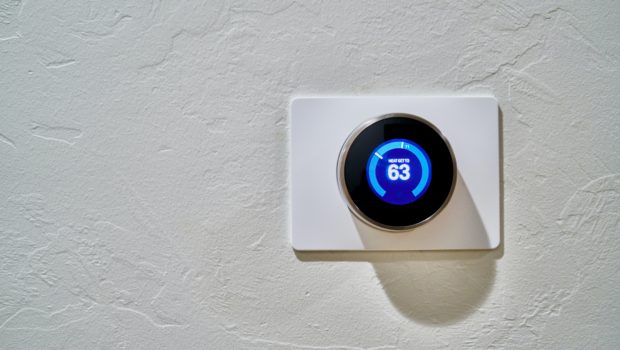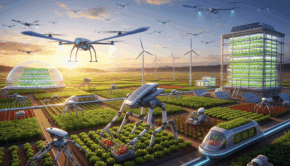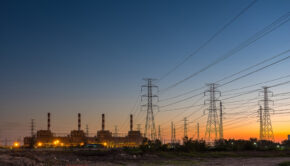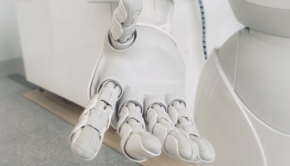Future Home Tech to Improve Your Home’s Energy-Efficiency
Energy conservation is essential to leading a sustainable lifestyle. Many individuals consider cutting down their transportation emissions when shrinking their carbon footprint. Somewhat fewer residents evaluate their home energy use as a means of polluting the environment.
Rather than waiting for homeowners to adopt eco-conscious habits, scientists regularly develop energy-efficient technology, making sustainability accessible. As science advances, smart homes will take over the real estate market. Their limited environmental impact, decreased utility costs, and increased value may help us reach the goals of the Paris Agreement.
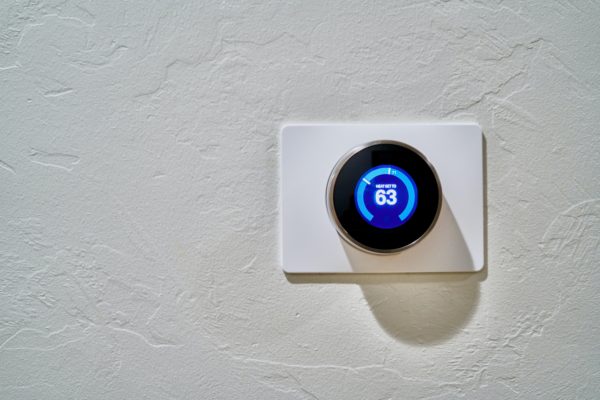
Magnetocaloric Refrigerator
Oak Ridge National Laboratory and General Electric are working together in developing an eco-friendly refrigerator. The refrigerant in conventional cooling systems contains toxins detrimental to the atmosphere. Chlorofluorocarbons and other elements have adverse effects on the ozone, equivalent to running a car for six months.
The project works to eliminate harmful emissions from refrigerators and decrease energy consumption by 20% from existing U.S. Department of Energy standards. They will replace traditional cooling technology with the magnetocaloric effect. A refrigerator that contributes zero greenhouse gas emissions would be a first on the market, saving consumers money and energy and shrinking their carbon footprints.
Automated Blinds
As the days lengthen and temperatures increase, energy consumption by air conditioning systems rises. Nearly 10% of U.S. electricity use derives from space cooling, utilizing 392 billion kilowatt-hours of power annually. In efforts to limit cooling emissions, innovators developed energy-efficient shades.
Similar to smart lights, automated blinds recognize a room’s sun exposure and adjust accordingly. The system also monitors summer temperatures and reflects heat away from windows to limit the use of heating, ventilation, and air conditioning (HVAC) systems. When automated shades hit the market, hospitals and schools may be the first of many commercial buildings to adopt them.
Smart Thermostats
Advancements to smart thermostats are also in motion to aid HVAC energy reduction. Scientists are improving location awareness – a feature using geolocation technology to track your smartphone. The system can evaluate when you are at work and on your way home to adjust the temperature for optimal energy conservation.
Smart thermostats also use motion detection technology to track the occupancy of a room. The system can turn on and off, or raise the temperature up and down, depending on the number of residents in the home. In the summer, multiple bodies can swiftly raise a room’s temperature. The thermostat recognizes this shift and adjusts accordingly.
Innovators are now installing weather monitors in smart thermostats to increase efficiency. In the spring and fall, the system may detect similar indoor and outdoor temperatures, turning on or off to conserve electricity. The thermostat can also send tailored metrics and statistics to a homeowner’s smartphone, allowing them to track and adjust their energy consumption patterns.
Cool Roofs
The Department of Energy’s Lawrence Berkeley National Laboratory is developing advanced cool roof technology. Their scientists discovered that a pigmented fluorescent material could increase the cooling effect of roofs. They evaluated the pigment in Egyptian artifacts to uncover the longevity of reflective protection.
Scientists uncovered fluorescent colors can protect buildings from absorbing heat. Utilizing these colors on cool roofs can reduce air conditioner energy use and the urban heat island effect. This also helps maintain the organic greenhouse effect that cools the environment and preserves the climate.
Heat Pump Clothes Dryer
Residential clothing dryers significantly impact the environment. Nearly 85% of U.S. homes have clothes dryers, and 80% use electric resistance heaters. A single system consumes 718 kilowatt-hours of electricity each year and 4% of the total residential energy use.
Scientists developed an energy-efficient dryer system using a heat pump to compress vapors. The air circulates through a closed-loop drum, utilizing no vent. A condenser heats moist air to evaporate water, recollecting it in a separate chamber. The heat pump-driven dryer uses 50% less energy than conventional systems.
Increase Your Home’s Value
Although green technology is relatively new, it makes a solid investment. Many individuals that make up the current consumer market value environmental sustainability. They are more likely to purchase eco-conscious goods over cheaper and environmentally degrading products. If you are looking to turn a profit on your property in the future, it’s beneficial to add energy-efficient appliances now.

